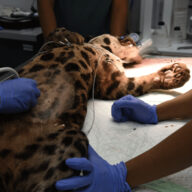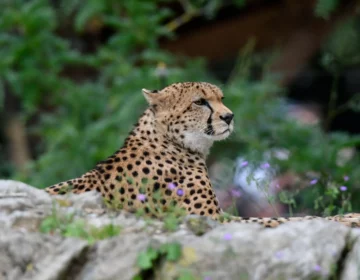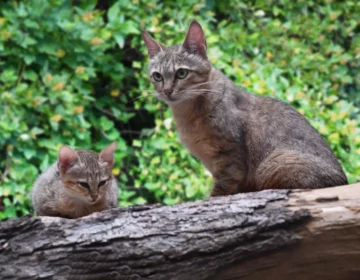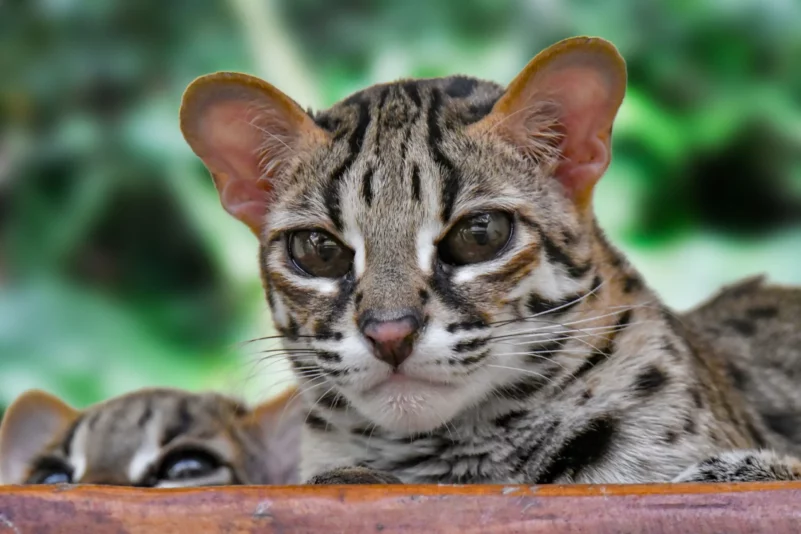
Bengal cat
Prionailurus bengalensis
Bengal cat
Based on genetic studies, two subspecies of the Bengal cat have been tentatively distinguished:
- Prionailurus bengalensis bengalensis in South Asia from Pakistan to China and probably on the Malay Peninsula
- Prionailurus bengalensis euptilurus in Manchuria, the Russian Far East, Taiwan, Iriomote Island and Tsushima Island.
APPEARANCE
The Bengal cat looks like a miniature, long-legged and slimmer version of the leopard. It has a round head, a short, narrow muzzle and large, rounded ears. Its fur varies greatly in color and pattern from region to region. In the tropics, its fur is ochre or yellowish brown with a white underside of the body, while in the northern part of the species’ range the cats have a gray-brown dense coat and are larger and heavier than cats from the south. The size and shape of the black patterns covering the body and limbs also vary greatly; spots sometimes form lines along the neck and back. Often a single stripe runs along the body. The tail is half the length of the body, mottled and sometimes has several rings near the black end. The ears have black ridges with a white tip in the middle, and there are two dark stripes on the forehead. The cat’s cheeks have two narrow black stripes surrounding a white patch.
DISTRIBUTION AND HABITAT
It is found throughout most of India, west of Pakistan and Afghanistan, and its range extends to the Himalayan foothills, China and north to the Korean peninsula and the Far East of Russia. It is found in most Southeast Asian countries: Thailand, Vietnam, Laos, Cambodia and China; Taiwan; and Tshushima Island and Irimote Island. It is the only species of wild cat that is native to Japan.
It inhabits a variety of habitats, from tropical rainforests to temperate deciduous forests and dry coniferous forests. It can also be found in shrub forests and grasslands, as well as in hilly and mountainous areas.
BEHAVIOUR
It is described as active mainly at night and at dusk. It is a good swimmer. It hunts on the ground and in trees.
FOOD
The Bengal cat’s main prey is rodents such as rats and mice. Its diet also includes young ungulates, hares, birds, reptiles, amphibians, insects, eels, and fish.
MAIN DANGERS
The Bengal cat appears to be more tolerant of deforestation and habitat change than other Asian felids. It also inhabits degraded forests and modified habitats such as oil palm plantations.
